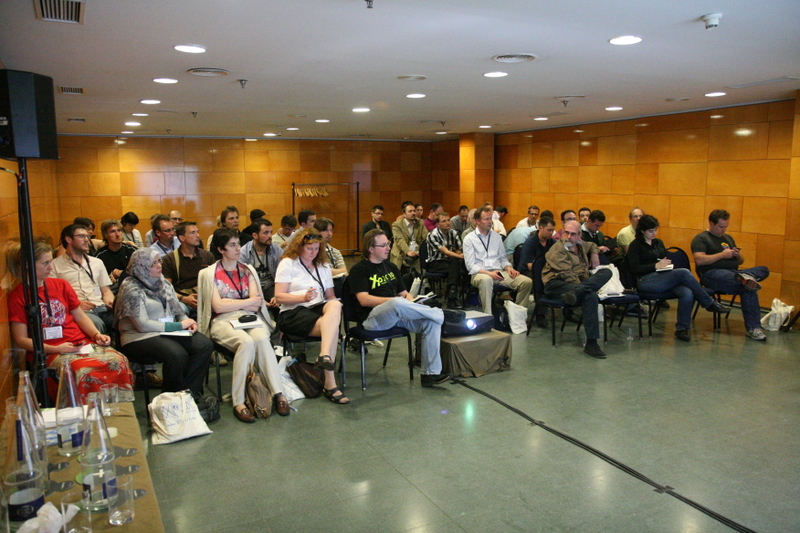Sometimes I see blog posts or LinkedIn discussions where some agile specialist or special agilist reasons about the exact amount of minutes to spend on each Scrum meeting according to sprint length, or he asks how he can measure and compare the productivity of teams.
Often I have the impression if I asked him now “How is the motivation of your teams? How do they feel, are they happy or frustrated? Do they have all the tools to get their job done? When did you last time clear some organizational obstacles out of the way for them? Have you hired the right people, and given them lots of opportunities to learn?” or anything alike, this kind of specialist would stare at me without getting the issue.
Actually, this is the centre of the universe – is the people, not the final twisting and tuning of an ideal Scrum process. Scrum is about the people!
Even the managers I know, some managers who have done so incredibly many things right, - even they, at rare times, of course, come up with something like “but now if I would like to compare the productivity of two teams, how would I do it?” and they think very hard about it.
Then I ask them: Have you invested already enough time into how they can learn something new about the product domain, stay up to date with their architecture and programming knowledge, know how to use the latest tools you have bought them? Have you spent a similar amount of time on how to sharpen the product vision with the Product Owner, so that he can really make developers happy working on this marvellous project? If I wake up a Scrum team member in the middle of the night, would he or she be able to tell me the product vision? Have you thought about organizing a FedEx day so they can try out new features of their favourite programming language just for fun, and get fresh motivation for a couple of sprints?
This is what I ask my managers in such cases. Metrics and measurements are fine, but you always need to seed before you harvest.
Hey, it’s about the people!




